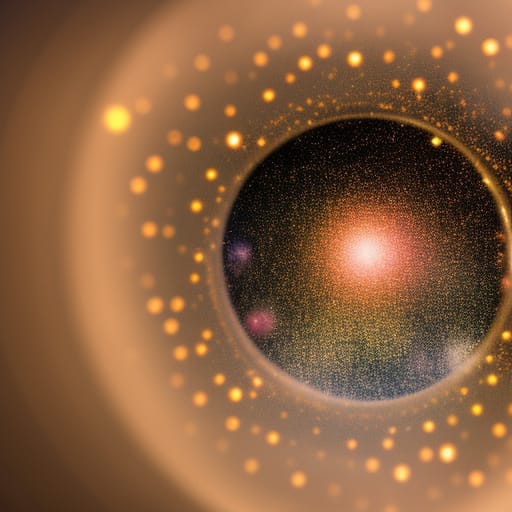On my second reading of Three Roads to Quantum Gravity by Lee Smolin, the concept of a relational universe stands out as something fundamentally important.
Each measurement is supposed to reveal the state of the particle, frozen at some moment of time. A series of measurements is like a series of movie stills — they are all frozen moments.
The idea of a state in Newtonian physics shares with classical sculpture and painting the illusion of the frozen moment. This gives rise to the illusion that the world is composed of objects. (p.53)
In object oriented programming, the objects correspond to the particles. The focus is on capturing the state of the object, frozen at some moment of time. As methods are called on the object, changes to its state (variables) are like a series of movie stills.
Lee Smolin goes on to write:
If this were really the way the world is, then the primary description of something would be how it is, and change in it would be secondary. Change would be nothing but alterations in how something is. But relativity and quantum theory each tell us that this is not how the world is. They tell us — no, better they scream at us — that our world is a history of processes. Motion and change are primary. Nothing is, except in a very approximate and temporary sense. How something is, or what its state is, is an illusion. It may be a useful illusion for some purposes, but if we want to think fundamentally we must not lose sight of the essential fact that ‘is’ is an illusion. So to speak the language of the new physics we must learn a vocabulary in which process is more important than, and prior to, stasis. Actually, there is already available a suitable and very simple language which you will have no trouble understanding.
From this new point of view, the universe consists of a large number of events. An event may be thought of as the smallest part of a process, a smallest unit of change. But do not think of an event happening to an otherwise static object. It is just a change, no more than that.
The universe of events is a relational universe. That is, all its properties are described in terms of relationships between the events. The most important relationship that two events can have is causality. This is the same notion of causality that we found was essential to make sense of stories.
If objects are merely an illusion, and it is really causal events that are fundamental to modeling a universe that is relational and dynamical, then perhaps we should re-examine how effective object oriented programming is at producing software that effectively models real world processes. Classes of objects definitely focus on the static structure of the universe. The methods on these classes can be considered to correspond to events, which carry information in, perform some computation, and carry information out. However, the causal relationships between events is buried in the procedural code within each method; they are not expressed in a first class manner.
Personal productivity applications like spreadsheets and word processors model objects (e.g., documents) and relationships that undergo relatively simple processes involving only a few actors. The causal history of events is not as important, because there is only one set of objects in a document to maintain integrity among and the series of frozen moments model of the universe works rather well. Enterprise applications such as Enterprise Resource Planning (ERP) facilitate a multitude of parallel business processes that involve many actors and sophisticated collaborations. Each actor is performing transactions against some subset of objects, which are each progressing through a distinct life cycle. Maintaining integrity among the objects changed by these many concurrent events is incredibly complicated. It becomes important to keep a causal history of events in addition to the current state of the universe, as well as having a schedule of future events (for planning) that have not come to pass. A series of frozen moments becomes less appealing, whereas a set of processes and events seems like a better description of the universe.
